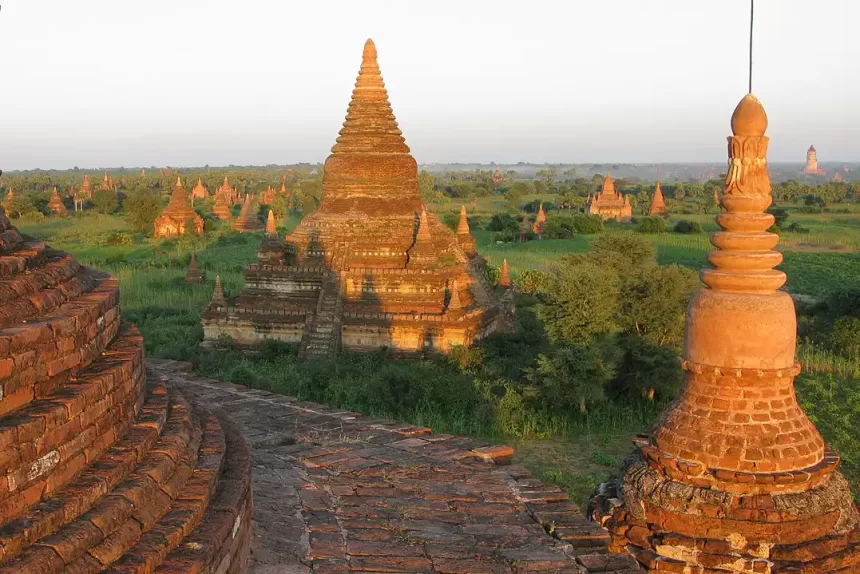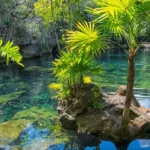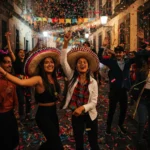Overview of Bagan Myanmar
Bagan, an ancient city in Myanmar’s Mandalay Region, is a treasure trove of cultural and historical wonders. Known for its vast landscape dotted with over 2,000 Buddhist temples, pagodas, and stupas, Bagan is not just a destination but an experience steeped in spiritual and historical significance. Once the capital of the Pagan Kingdom, this archaeological marvel offers a window into Myanmar’s rich past. In 2019, Bagan was deservedly recognized as a UNESCO World Heritage Site, highlighting its global cultural importance.
Historical Significance of Bagan
The Architectural Splendor and Cultural Heritage
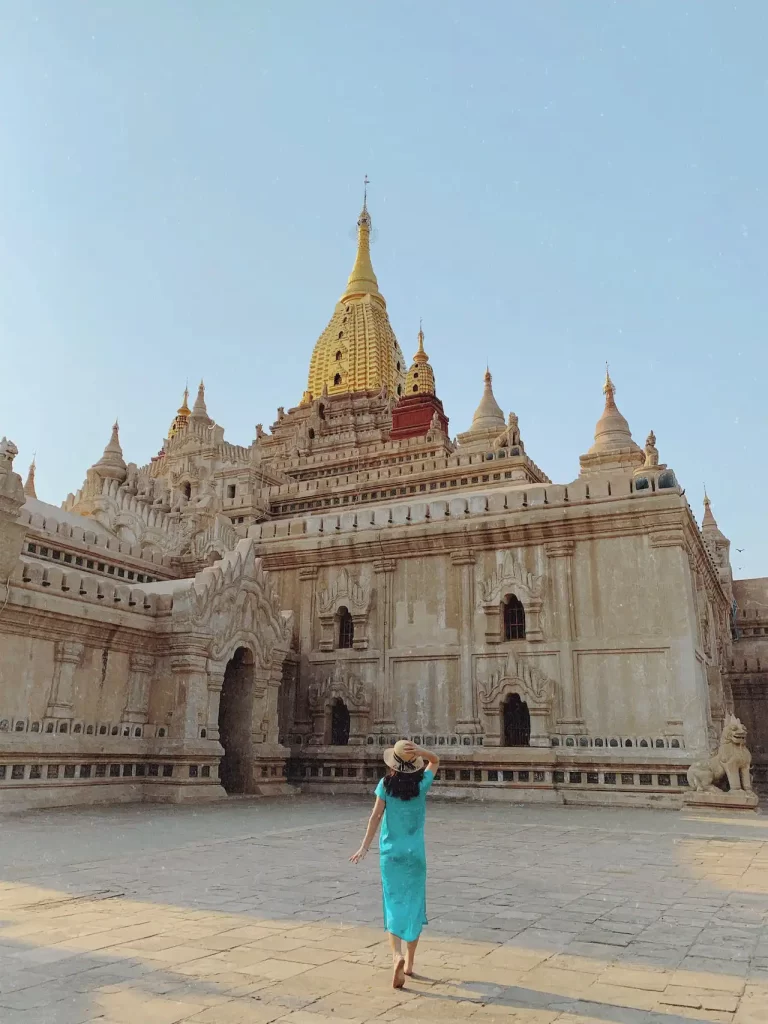
Bagan’s history is a fascinating journey through time. The city was the capital of the Pagan Kingdom from the 9th to 13th centuries, a period during which the kingdom flourished and Buddhism was firmly established in Myanmar. This era saw the construction of more than 10,000 religious monuments, of which over 2,000 remain today. The architecture of Bagan is unique, blending various styles, and the temples and pagodas are adorned with intricate carvings, frescoes, and sculptures. The site exemplifies the architectural ingenuity and spiritual devotion of the ancient Pagan people.
The city’s decline began in the 13th century, following invasions and natural disasters, but its legacy endured, leaving behind a vast archaeological site that attracts historians, archaeologists, and travelers alike. The designation of Bagan as a UNESCO World Heritage Site in 2019 was a testament to its outstanding universal value, ensuring the preservation and protection of this invaluable historical treasure.
Must-Visit Temples in Bagan
Exploring the Architectural Marvels
Each temple in Bagan has its unique story and architectural style. Among the must-visit temples are:

- Ananda Temple: Often referred to as the “Westminster Abbey of Burma,” the Ananda Temple is a fusion of Mon and Indian architecture. The temple houses four impressive standing Buddha statues, each facing a cardinal direction, representing the four Buddhas who have attained Nirvana.
- Dhammayangyi Temple: Known for its massive size and unique pyramid shape, this temple is a testament to the architectural skills of the ancient Burmese. It is also shrouded in mystery, with tales of its tyrannical king-builder and the unfinished inner sanctuaries.
- Shwezigon Pagoda: This golden pagoda is a central piece of Burmese Buddhism and folklore. It’s believed to enshrine a bone and tooth of Gautama Buddha. The pagoda, with its bell-shaped stupa, is a prototype for later Burmese stupas.
- Thatbyinnyu Temple: As the tallest temple in Bagan, Thatbyinnyu stands at over 60 meters. It represents the transitional phase in Burmese temple design and offers panoramic views of the entire temple landscape.
Experiences and Activities in Bagan
Immersive and Enriching Experiences for Every Traveler

Bagan is not just about temples; it offers a range of activities and experiences:
- Hot Air Balloon Rides: A hot air balloon ride at sunrise offers a breathtaking, bird’s-eye view of the temple-studded landscape. It’s a magical experience, providing an unparalleled perspective of the ancient city.
- E-Bike Tours: Exploring Bagan on an e-bike is both eco-friendly and convenient. It allows travelers to navigate the temple sites at their own pace, visiting lesser-known gems alongside the famous landmarks.
- Sunset and Sunrise Views: Bagan is known for its spectacular sunrises and sunsets. Many temples have terraces that provide a perfect vantage point for these natural displays, creating a mystical and serene atmosphere.
- Local Markets and Villages: Visiting nearby villages and markets offers a glimpse into the daily lives of the local people. It’s an opportunity to experience Bagan’s culture beyond its temples, sampling traditional foods, and observing local crafts.
Cultural Insights of Bagan
A Deep Dive into Bagan’s Art and Traditions
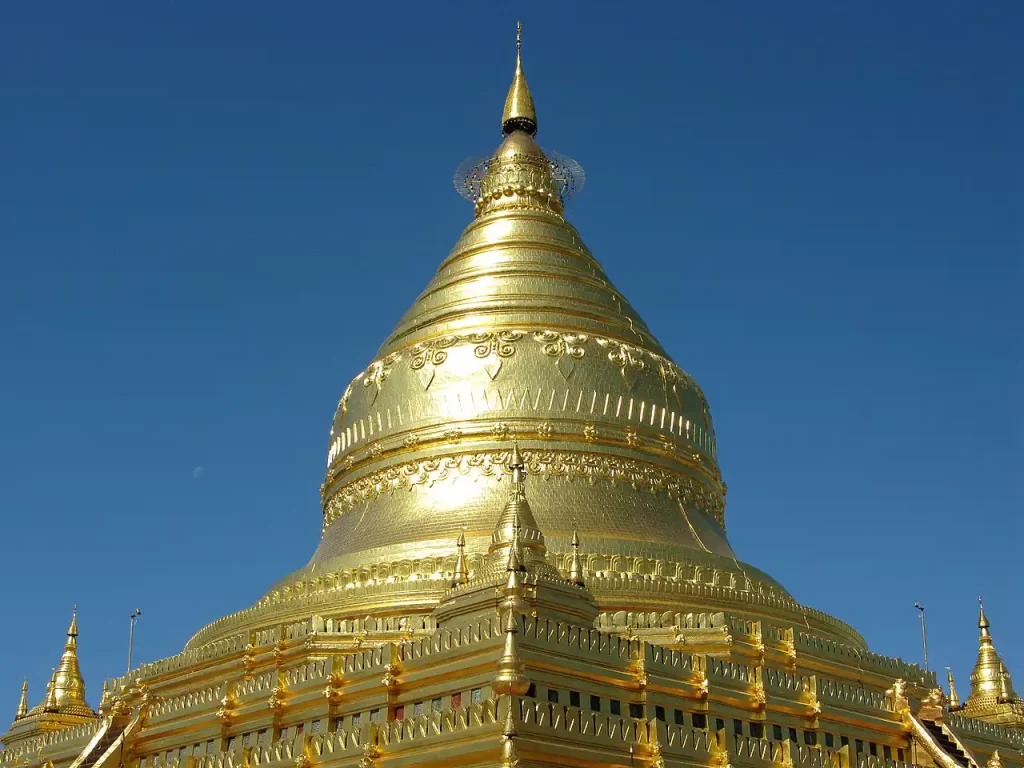
Bagan is not only a historical site but also a living center of Burmese culture:
- Traditional Crafts: Bagan is famous for its lacquerware, a craft that has been perfected over centuries. Tourists can visit local workshops to observe the intricate process of creating lacquerware and purchase these exquisite pieces as souvenirs.
- Buddhist Festivals: Depending on the time of visit, tourists might witness local Buddhist ceremonies and festivals. These events are a deep immersion into the spiritual and cultural life of Myanmar.
Accommodations in Bagan
Comfort and Convenience in the Heart of History
Bagan offers a wide range of accommodations, catering to different budgets and preferences. From luxury resorts with spa facilities to budget guesthouses, each provides a unique experience. Staying in Old Bagan is recommended for easy access to major temples and a more immersive historical experience.
Travel Tips for Visiting Bagan
Essential Advice for a Memorable Journey
- Best Time to Visit: November to February is the ideal period, with cooler weather and less rainfall.
- Respectful Attire: When visiting temples, it’s important to dress conservatively and remove shoes and socks.
- Local Currency: The Myanmar Kyat is the main currency, and cash transactions are common.
Getting to Bagan
Navigating Your Way to This Ancient City
Bagan is accessible by air, bus, and boat. The Nyaung U Airport is the nearest airport, with regular flights from Yangon and Mandalay. Overland and river routes offer scenic alternatives to air travel.
Sustainable Tourism in Bagan
Preserving Bagan’s Legacy for Future Generations
As a UNESCO World Heritage Site, Bagan is under conservation efforts to ensure its preservation. Tourists are encouraged to respect the site, follow local guidelines, and support eco-friendly practices.
Frequently Asked Questions
What is the best way to explore the temples of Bagan?
The best way to explore Bagan’s temples is by e-bike or by joining guided tours. E-bikes offer flexibility, while guided tours provide in-depth historical insights.
2. Are there any entry fees for the temples?
There is a general admission fee for entering the Bagan Archaeological Zone, which covers all temples.
3. What are some local delicacies one should try in Bagan?
Local Burmese cuisine, such as Mohinga (a rice noodle and fish soup) and Tea Leaf Salad, are must-tries in Bagan.
4. Is Bagan suitable for family travel?
Yes, Bagan is a family-friendly destination with activities and accommodations suitable for all ages.
5. How many days are recommended to fully experience Bagan?
A minimum of two to three days is recommended to explore the major temples and enjoy additional activities.
